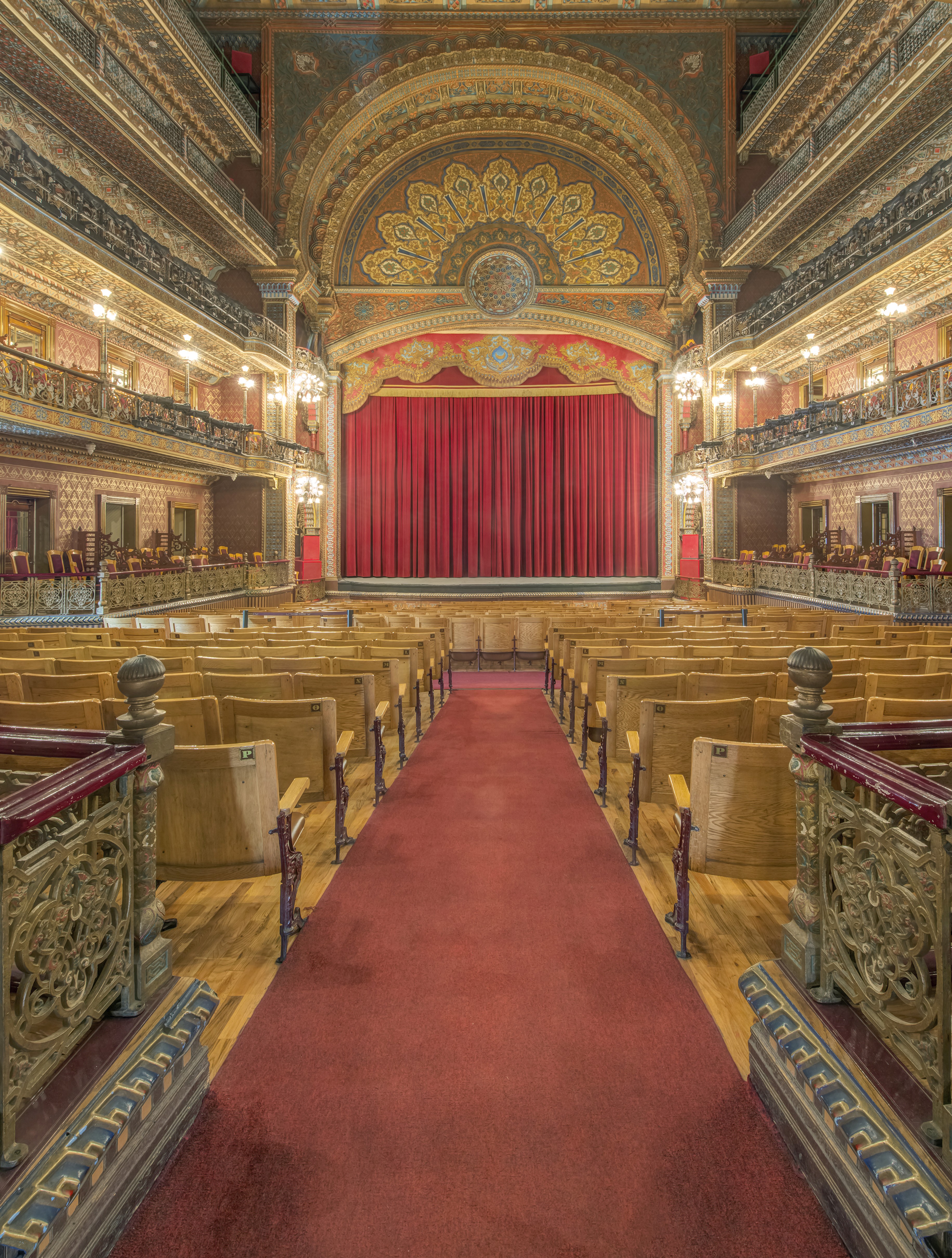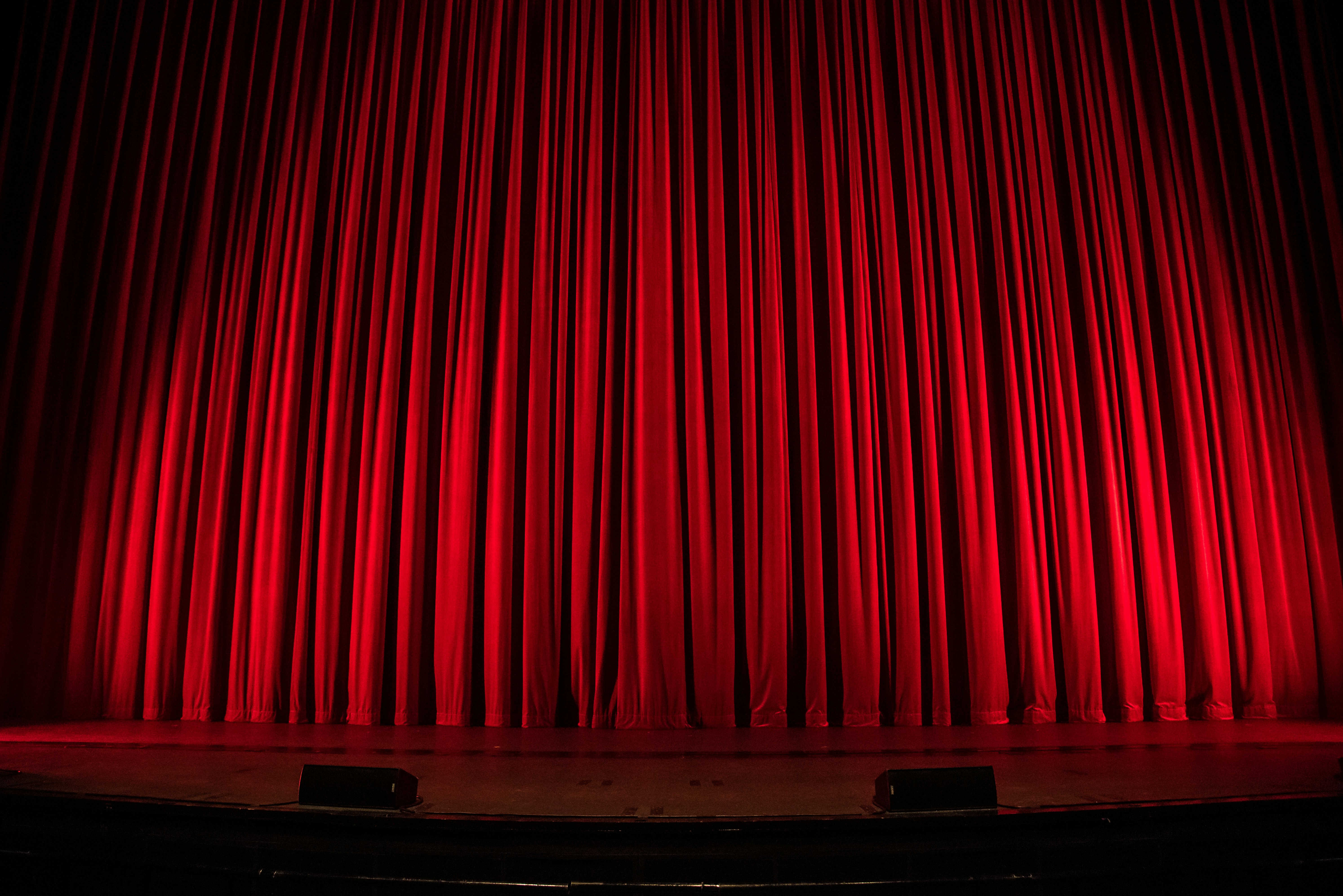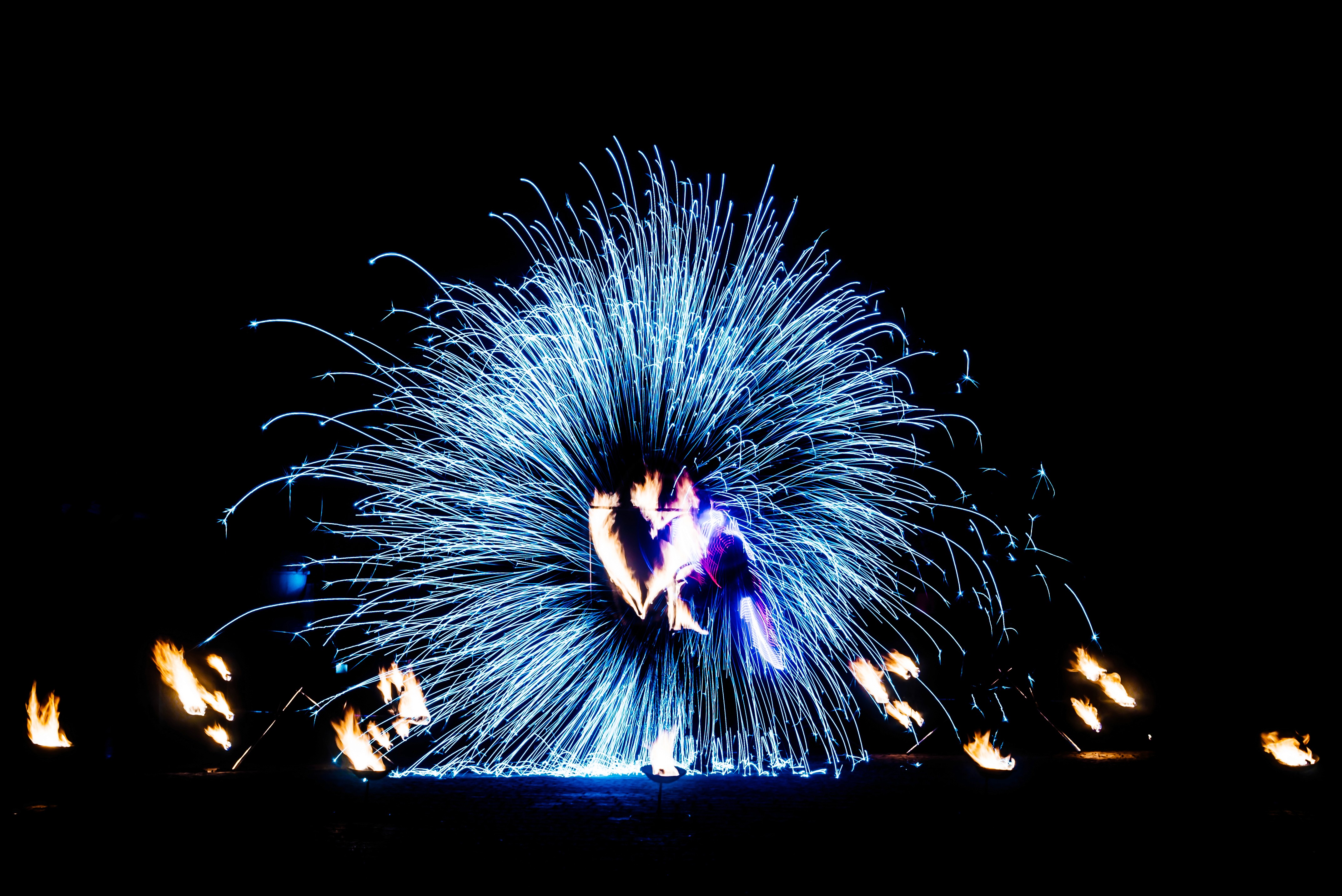Proscenium Arch
Definition:
The "Proscenium Arch" is the archway that separates the stage from the audience in traditional theaters. It frames the stage and provides a clear boundary between the performers and the spectators.
Detailed Explanation:
The proscenium arch is a defining feature of proscenium theaters, which are characterized by their "picture frame" staging. This architectural element serves as a window through which the audience views the performance, focusing their attention on the action taking place on stage. The proscenium arch creates a distinct separation between the theatrical world and the real world, enhancing the illusion of the performance.
The area in front of the proscenium arch is known as the apron, while the space behind it is the main stage area. The arch itself can be ornate or simple, often reflecting the architectural style of the theater. It also houses curtains, such as the main drape or grand drape, which can be drawn or closed to reveal or conceal the stage.
Key Elements of the Proscenium Arch:
Archway Structure:
The physical arch that frames the stage, typically made of wood, plaster, or stone, often decorated to match the theater’s aesthetic.
Main Curtain:
The curtain that hangs just behind the proscenium arch, which can be opened or closed to reveal the stage.
Apron:
The part of the stage that extends in front of the proscenium arch, used for closer interaction with the audience.
Wings:
The areas to the sides of the stage, hidden from the audience's view, where actors and crew can prepare for entrances and exits.
Advantages of the Proscenium Arch:
Focus:
The proscenium arch frames the stage, directing the audience’s attention to the performance and creating a clear focal point.
Concealment:
It allows for the concealment of set changes, props, and backstage activities, maintaining the illusion of the performance.
Acoustics:
The arch can enhance the acoustics of the theater, projecting sound towards the audience.
Challenges of the Proscenium Arch:
Distance:
The separation created by the arch can sometimes create a sense of distance between the performers and the audience, reducing intimacy.
Sightlines:
Ensuring good sightlines for all audience members can be challenging, particularly in large theaters.
Flexibility:
The fixed nature of the proscenium arch can limit the flexibility of staging and set design compared to more open or adaptable stage formats.
Uses in Performance:
Traditional Theatre:
Proscenium arches are commonly used in traditional theater settings, providing a classic stage format for plays, musicals, and operas.
Concerts and Events:
They are also used in concert halls and event spaces to frame the stage and enhance the presentation of performances.
Educational and Community Theatres:
Many schools and community theaters utilize proscenium arches for their productions, benefiting from the clear separation of stage and audience.
Design Considerations:
When designing or working with a proscenium arch, several factors must be considered to ensure it enhances the performance experience:
Sightlines:
Ensure that the arch and surrounding elements do not obstruct the audience’s view of the stage.
Acoustics:
Design the arch to complement the theater’s acoustics, enhancing sound projection and clarity.
Aesthetic:
Consider the visual design of the arch to ensure it complements the overall style and theme of the theater.
Conclusion:
The proscenium arch is a fundamental architectural element in traditional theaters, providing a clear frame for the stage and creating a distinct separation between the performers and the audience. By focusing attention, concealing backstage activities, and enhancing acoustics, the proscenium arch plays a crucial role in the theatrical experience. Despite challenges related to distance, sightlines, and flexibility, the benefits of focus, concealment, and acoustics make the proscenium arch a valuable feature in theater design. With careful consideration of sightlines, acoustics, and aesthetics, the proscenium arch can significantly enhance the presentation and impact of any performance.


